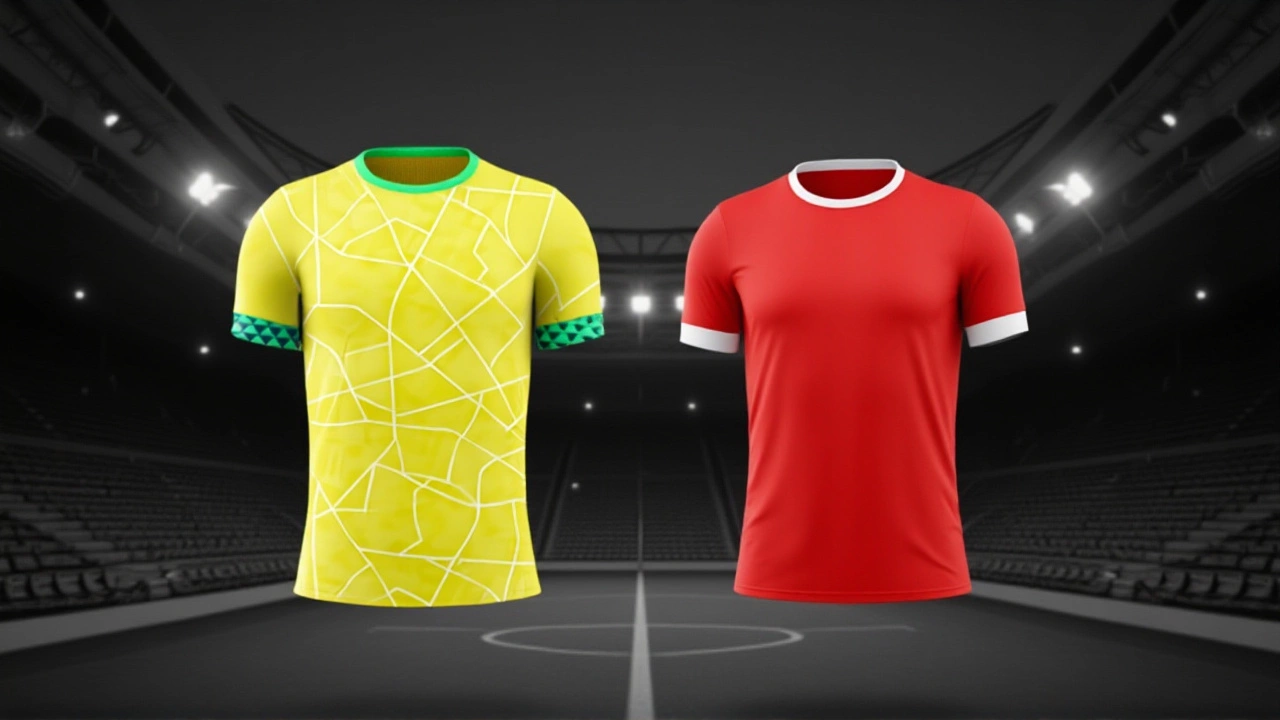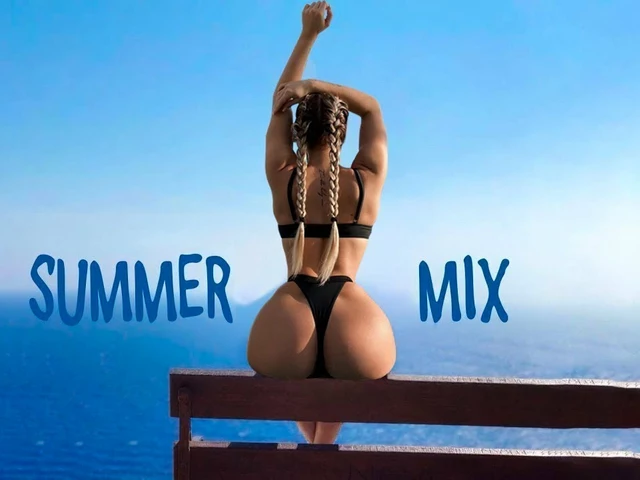When Brazil took the field against Tunisia on Tuesday, November 18, 2025, no one expected the underdogs to strike first. But that’s exactly what happened — and it set the tone for a night that will be remembered more for what went wrong than what went right. Tunisia’s Hazem Mastouri, playing for Espérance Sportive de Tunis, buried a low drive into the bottom corner in the 23rd minute, his fifth international goal. The goal wasn’t just a shock; it was a statement. Brazil, the five-time World Cup champions, looked sluggish, disjointed, and strangely unconvincing — even before the equalizer.
A Teenage Star Steals the Show
Just before halftime, the Seleção finally found its spark. Eighteen-year-old Estêvão Willian, the Chelsea winger signed for €80 million this summer, stepped up to take a penalty after a handball in the box. He didn’t just score — he announced himself. The ball rocketed into the top corner with pace, power, and precision. It was his fourth goal in five international appearances and his second in as many November friendlies. Fans in the stands, and millions watching on beIN SPORTS USA, erupted. Analysts called him ‘the hope.’ Broadcasters said his star was ‘shining brighter and brighter.’
Estêvão’s rise is no accident. Since joining Chelsea, he’s been training with Brazil’s senior squad on a near-daily basis, and his confidence has grown visibly. He’s not just a finisher — he’s a threat on the counter, a dribbler who doesn’t flinch under pressure. If he keeps this up, he’ll be the youngest Brazilian to start in a World Cup since Pelé in 1958.
The Penalty That Broke the Game
Then came the 78th minute. A foul by Ferjani Sassi on substitute striker Vitor Roque gave Brazil another penalty. The obvious choice? Estêvão Willian — the man who’d just proven he could handle the moment. But Carlo Ancelotti, in his second match as Brazil’s head coach, made a baffling call. He handed the ball to Lucas Paqueta, the 27-year-old West Ham midfielder who’d only taken one penalty in his entire Premier League career — and missed it.
“Paqueta was the penalty taker,” Ancelotti said post-match. “For the second penalty, I changed because I wanted to take some of the pressure off Estevao, so I put Paquetá in, who usually takes them very well.”
Except he didn’t. Paqueta’s shot flew over the crossbar — a full three feet high — and the stadium fell silent. The miss wasn’t just a statistical blip; it was a psychological blow. Brazil’s momentum evaporated. Tunisia sat back. Brazil pushed forward, but their attacks were half-hearted. Rodrygo’s early chance was cleared off the line. Vinícius Jr. hit the post. Casemiro sliced a volley wide. They had chances. They just didn’t have the killer instinct.

Ancelotti’s First Test: A Mixed Bag
Ancelotti’s appointment in October 2025 was meant to bring calm, experience, and tactical discipline to a team reeling from its 2024 Copa América disappointment. But so far, his decisions feel more like experiments than strategies. He rotated heavily — eight changes from the previous friendly — and the chemistry was nonexistent. The midfield lacked cohesion. The fullbacks were exposed. And now, he’s left Brazil with two draws in two matches under his leadership.
It’s not that he’s wrong to protect young talent. But when you hand a penalty to a player who hasn’t taken one in months — and who’s already shown he’s unreliable under pressure — you’re not relieving pressure. You’re creating it.
“It’s not about who takes the penalty,” said former Brazil captain Cafu on ESPN. “It’s about who you trust. Estêvão earned that spot. He’s not a kid anymore. He’s a match-winner.”
What This Means for the 2026 World Cup
Brazil ends 2025 on a disappointing note. The draw with Tunisia wasn’t just a missed opportunity — it was a warning. They’ll need to fix their midfield structure, their decision-making in the final third, and their mental toughness. The 2026 World Cup, co-hosted by the United States, Canada, and Mexico, is less than a year away. And right now, Brazil looks like a team in transition — not transformation.
But there’s light. Estêvão Willian is the real deal. He’s scored in both November friendlies. He’s 18. He’s fearless. He’s the kind of player who can carry a team. If he’s given the freedom to lead — not just score — Brazil might just have a chance.
Meanwhile, Tunisia proved they’re no longer just a footnote. They defended with grit, attacked with purpose, and beat Brazil at their own game: psychological resilience. They’re not just qualifying for the World Cup — they’re making noise.

What’s Next?
Brazil’s next two friendlies are scheduled for early 2026, though opponents and dates remain unconfirmed. Ancelotti will need to make tough choices — and fast. Will he stick with Paqueta as the designated penalty taker? Will he give Estêvão the captain’s armband? Will he finally trust his young stars instead of overthinking?
One thing’s clear: the pressure is mounting. And in football, as in life, hesitation costs you more than mistakes.
Frequently Asked Questions
Why did Ancelotti give the second penalty to Paqueta instead of Estêvão Willian?
Ancelotti claimed he wanted to relieve pressure from the 18-year-old Estêvão Willian, who had just scored the equalizer. But the logic was flawed — Paqueta, a midfielder with only one penalty attempt in his Premier League career, had missed his only previous spot-kick for West Ham. The decision backfired, with Paqueta blasting the ball over the crossbar. Former players like Cafu criticized the move, arguing that Estêvão had earned the right to take it.
How significant is Estêvão Willian’s rise for Brazil’s 2026 World Cup hopes?
Extremely. At 18, Estêvão has scored four goals in his last five caps for Brazil, including both November friendlies. He’s the first Brazilian teenager since Neymar to score in consecutive international appearances. Analysts now see him as a potential Ballon d’Or contender by 2027. His pace, composure, and finishing make him Brazil’s most dangerous attacking outlet — and he’s likely to start in the World Cup, possibly as a central striker in a 4-2-3-1 formation.
Did Tunisia’s performance surprise experts?
Yes — and no. Tunisia is traditionally seen as a defensive side, but under coach Jalel Kadri, they’ve adopted a more aggressive, high-pressing style. Their goal came from a well-rehearsed set piece, and they held Brazil’s attack at bay for over 60 minutes. This wasn’t a fluke; it was a sign of progress. Tunisia has now earned four draws against top-five ranked teams since 2023, including a 0-0 against Portugal in the 2024 Nations League.
What does this result mean for Brazil’s World Cup qualifying campaign?
Brazil still leads CONMEBOL qualifying, but this result exposed cracks. They’re winning by luck, not dominance. Their midfield lacks a true playmaker, and their defense still looks vulnerable to quick transitions. If they can’t tighten up before their next qualifier in March 2026 — against Uruguay or Colombia — they risk slipping into a playoff spot. That’s unthinkable for a nation that’s never missed a World Cup since 1930.
Is this the end of Ancelotti’s tenure as Brazil’s coach?
Not yet. The Brazilian Football Confederation has publicly backed him, citing his experience and long-term vision. But with two draws and no wins in his first two matches, pressure is rising. If Brazil loses to Argentina or Uruguay in their next two friendlies, calls for his replacement could grow loud. His legacy hinges on whether he can turn Estêvão Willian and Vitor Roque into a lethal partnership — and whether he learns to trust them.





